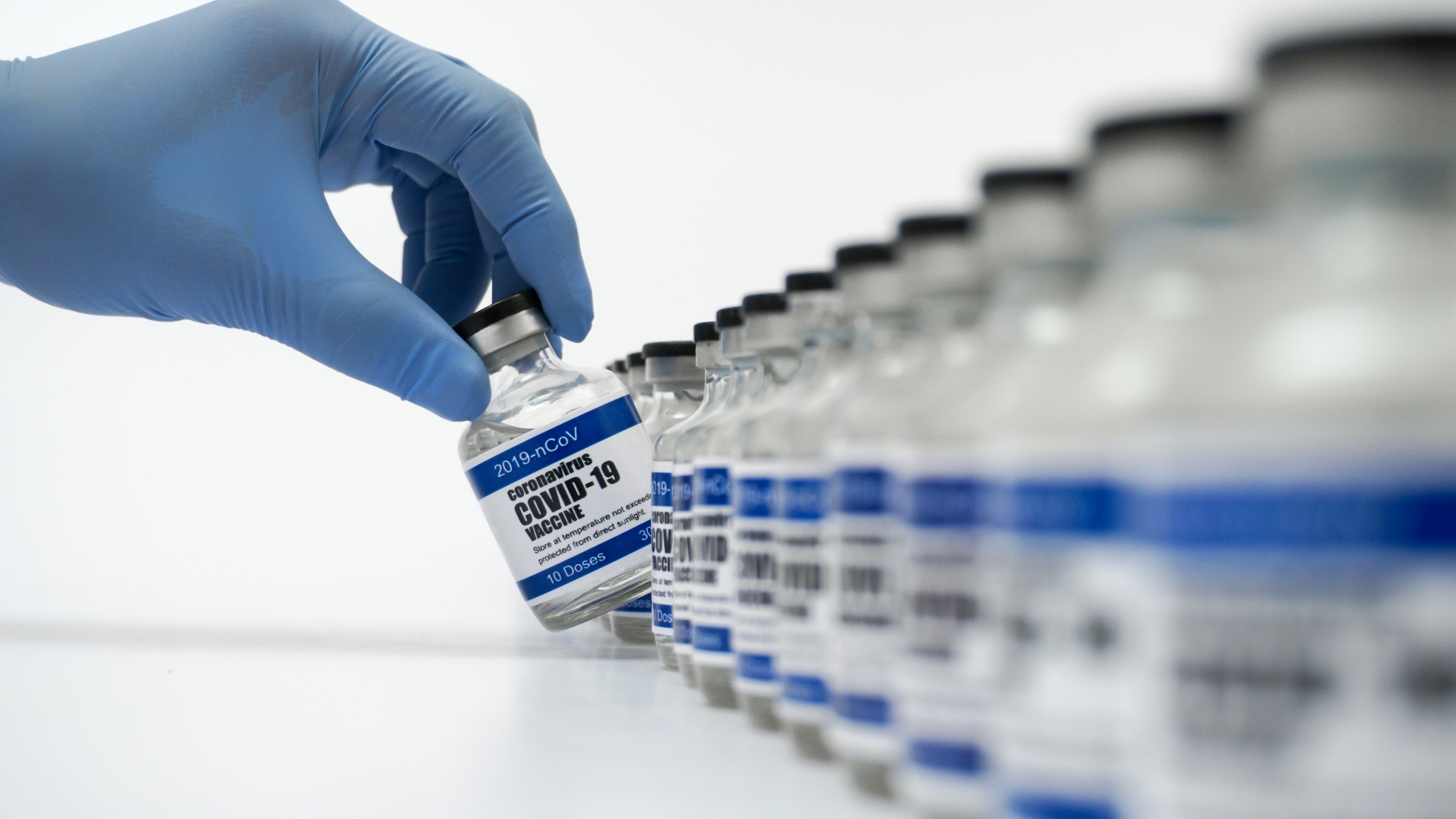Californians will likely see the first doses of Pfizer’s new COVID-19 vaccine arrive between Dec. 12 and 15, Gov. Gavin Newsom said today as he unveiled the state’s distribution plans for its initial allotment of 327,000 doses.
The coveted first batch is reserved for health care workers directly caring for COVID-19 patients in hospitals, including psychiatric and prison hospitals, residents and staff in long-term care facilities, paramedics and other emergency medical responders, and workers in dialysis centers, according to priorities set by state and federal health officials.
Others also could be prioritized for early doses depending on their risk levels, including home health care workers, laboratory employees, pharmacy staff and workers in community clinics.
“Help is on the way,” Newsom said at an otherwise bleak Thursday briefing where he also announced the strictest new “stay-at-home” measures in months to stem the state’s alarming surge in COVID-19 cases. “We have light at the end of the tunnel. This is not a marathon any longer, this is a sprint.”
California’s intensive care units are filling up, with parts of the state expected to reach capacity in the next few weeks. By Christmas Eve, California could be at 112% of ICU capacity, Newsom said earlier this week.
The state’s vaccine priorities align closely with those of a federal advisory panel that voted Tuesday to put health workers and nursing home residents first in line for the earliest vaccine doses.
Initially, though, there won’t be enough vaccine even for those in the priority groups.
California has more than 2 million health workers, including more than a million employed by acute care hospitals and another 333,000 who care for residents in nursing homes and assisted living centers.
As many as 400,000 Californians live in long-term care facilities like skilled nursing or assisted living. More than 5,000 Californians in skilled nursing facilities have died of COVID-19 since the start of the pandemic.
State and local health officials, and hospital leaders, will need to prioritize even among those most in need. For example, they may first immunize only front-line health workers over the age of 65 or those with chronic conditions that put them at higher risk of dying if infected.
Newsom warned today that the state would “be very aggressive” in enforcing that the first vaccine doses only go to high-priority groups and not the rich and well-connected.

